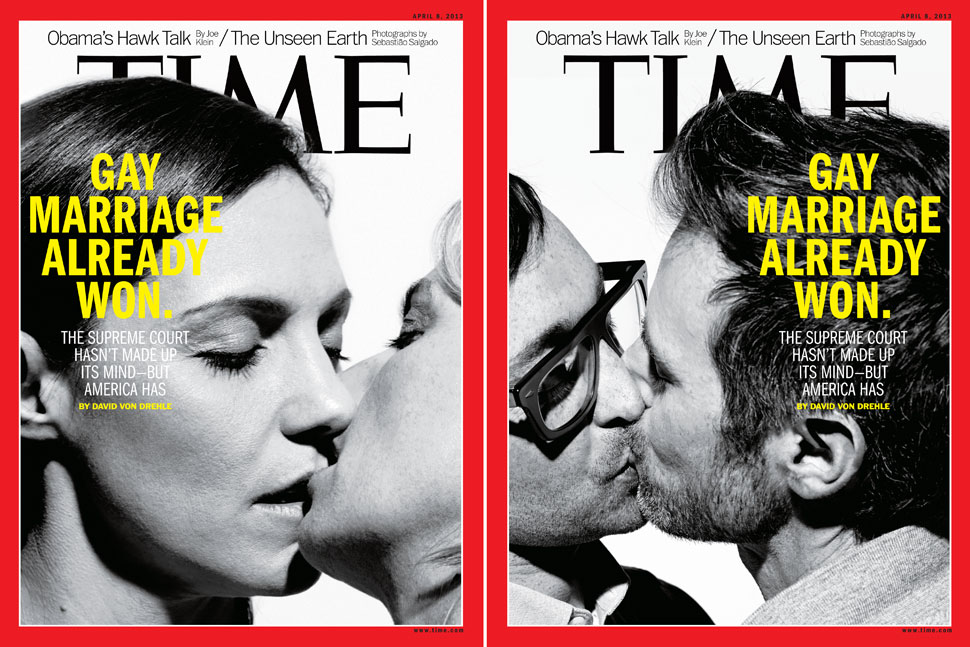
“The mulatto can pass, and infiltrate into the culture, and prove the lie in white culture because she can pass and be successful,” says Bogle.
#Ellen white estate interratial marriage series#
One way the industry dealt with the issue was in a series of so-called “tragic mulatto” storylines in films such as “Show Boat” (1936), “Pinky” (1949) and “Imitation of Life” (1959), in which light-skinned blacks – always played by white actresses – cross the color line and pass as white until their “true” race is discovered and tragedy ensues. “During the classic Hollywood era, the industry was regulated by the Production Code, and it banned depictions of miscegenation,” says Ellen Scott, a UCLA professor and author of “Cinema Civil Rights.” Hollywood tastemakers of the era, she says, “thought these romances were disgusting and might offend audiences.” Griffith’s 1915 racist depiction “The Birth of a Nation,” in which, as described by NYU film professor Sam Pollard, “the black man was this evil beast defiling white womanhood (in one scene, a white woman commits suicide rather than be ‘violated’ by a black man),” Hollywood has tiptoed around, or outright ignored, realistic depictions of interracial romance.

This refusal to deal with the reality of interracial love and sex is nothing new it’s pretty much how the movies have handled these relationships down through the years. “It’s not dealing with the reality an interracial couple might have to face.”

“Poitier’s character in that film is so perfect – he’s a doctor - but the film still questions if he’s fit for this white woman,” adds Bogle.

In director Stanley Kramer’s film, parents and friends of the romantic couple discuss the pros and cons of their romance in a civilized manner until the woman’s father (played by Spencer Tracy) gives his blessing to the relationship.īut there are no big love scenes in the film, and it “shows Hollywood’s fear of a black man with a white woman,” says Donald Bogle, author of “Elizabeth and Michael: The Queen of Hollywood and the King of Pop,” as well as several books about African Americans in Hollywood. “Guess,” which was released six months after the Loving decision, was, in its own way, meant to be a liberal antidote to situations like this. “All of this speaks to the institutionalized racism in the South.” “The fact any miscegenation laws even existed, these are vestiges of slavery,” says Jeff Nichols, director of “Loving,” a new film based on the famous case starring Joel Edgerton and Ruth Negga. In the case of Loving, that meant rural Virginia couple Richard and Mildred Loving, who married in Washington, D.C., in 1958, were arrested in their home state, forced to move away or be jailed, and spent years fighting the racist law that affected them until the Supreme Court unanimously overturned it.

Yet in both real and reel life, black-white romantic relationships were problematic, fraught with legal and social taboos. Virginia struck down laws banning miscegenation, Sidney Poitier starred in “Guess Who’s Coming to Dinner” as a black man romantically involved with blond Katherine Houghton. In 1967, the same year the Supreme Court case Loving vs.


 0 kommentar(er)
0 kommentar(er)
